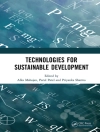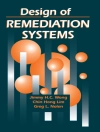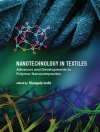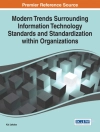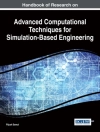1. 1 Background The basis for the material in this book centers around research done in an ongoing long-term project which focuses on the development of highly au- 1 tonomousunmannedaerialvehiclesystems. Theactualplatformwhichserves as a case study for the research in this book will be described in detail later in this chapter. Before doing that, a brief background of the motivations – hind this research will be provided. One of the main research topics in the project is knowledge representation and reasoning and its use in Uav pl- forms. A very strong constraint has been placed on the nature of research done in the project where theoretical results, to the greatest extent possible, should serve as a basis for tractable reasoning mechanisms for use in a fully deployed autonomous Uav operating under soft real-time constraints asso- ated with the types of mission scenarios envisioned. Considering that much of the work with knowledge representation in this context focuses on application domains where one can only hope for an incomplete characterization of such domains, this methodological constraint has proven to be quite challenging since, in essence, the focus is on tractable approximate and nonmonotonic reasoning systems. As is well known, until recently, nonmonotonic formalisms have had a notorious reputation for lack of tractable and scalable reasoning systems.
Patrick Doherty & Witold Lukaszewicz
Knowledge Representation Techniques [PDF ebook]
A Rough Set Approach
Knowledge Representation Techniques [PDF ebook]
A Rough Set Approach
ซื้อ eBook เล่มนี้และรับฟรีอีก 1 เล่ม!
ภาษา อังกฤษ ● รูป PDF ● ISBN 9783540335191 ● สำนักพิมพ์ Springer Berlin Heidelberg ● การตีพิมพ์ 2007 ● ที่สามารถดาวน์โหลดได้ 6 ครั้ง ● เงินตรา EUR ● ID 6376021 ● ป้องกันการคัดลอก Adobe DRM
ต้องใช้เครื่องอ่านหนังสืออิเล็กทรอนิกส์ที่มีความสามารถ DRM



